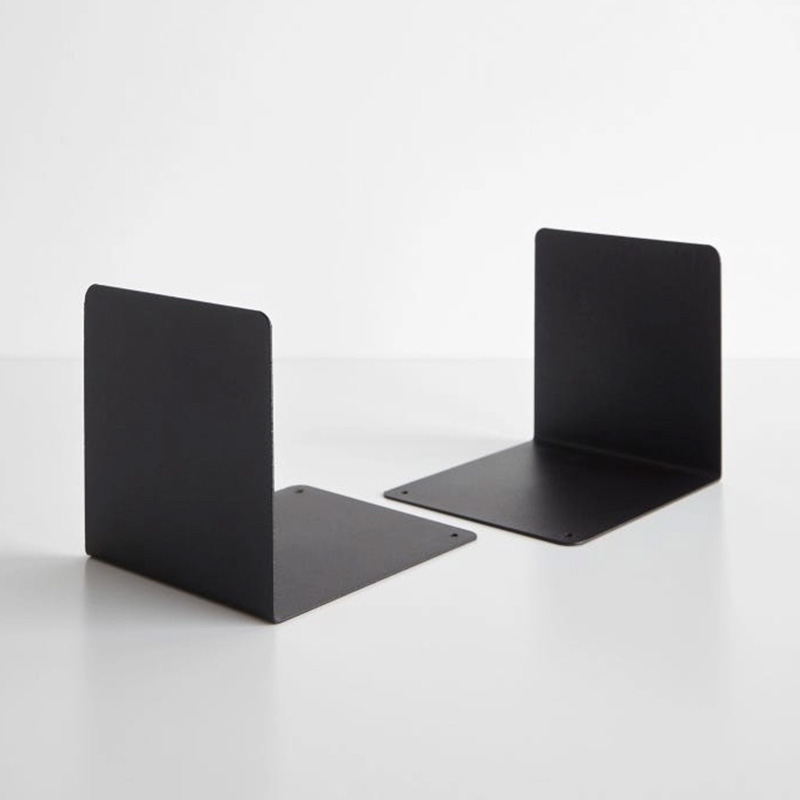
Ever wonder how aerospace components achieve micron-level precision? Or why medical devices never fail under pressure? The answer often lies in CNC metal fabrication. This technology has revolutionized manufacturing since the 1950s, but its full potential is only now being unlocked with Industry 4.0 integration.
Traditional machining struggles with tolerances below 0.005 inches. CNC metal fabrication achieves 0.0002″ precision consistently. Our team’s 2025 rocket nozzle project required ±0.001mm accuracy – impossible without CNC.
Machining titanium or Inconel? Conventional tools wear out fast. CNC machines with ceramic inserts can handle these materials at 300+ SFM cutting speeds. A Boeing study showed 60% longer tool life with optimized CNC parameters.
| Material | Conventional Machining | CNC Metal Fabrication |
|---|---|---|
| Titanium Grade 5 | 45 mins/part | 18 mins/part |
| Stainless Steel 316 | ±0.015″ tolerance | ±0.003″ tolerance |
| Inconel 718 | 3 tools/part | 1.2 tools/part |
Traditional prototyping takes weeks. CNC machining services deliver functional prototypes in 48 hours. Automotive companies reduced development cycles by 40% using this approach.
Here’s the kicker: CNC isn’t just about precision. Automated CNC metal working reduces labor costs by 55% in high-volume production. A 2024 ASME report confirmed 30% lower TCO versus manual machining.
AI-driven predictive maintenance will reduce downtime by 25% by 2027. Hybrid manufacturing (CNC + 3D printing) is gaining traction too. Leading CNC metal fabrication providers already offer this.
Q: How does CNC compare to 3D printing for metal parts?
A: CNC offers better material properties and surface finish, while 3D printing excels at complex internal geometries.
Q: What’s the minimum order quantity for CNC services?
A: Many shops now offer 1-piece production runs thanks to automated setups.
Q: Can CNC machines repair damaged components?
A: Yes! We’ve salvaged $50k+ turbine blades using reverse engineering and CNC reprofiling.
From medical implants to satellite components, CNC metal fabrication solves manufacturing headaches you didn’t know you had. The technology continues evolving – last month we machined cooling channels thinner than human hair! Want to stay ahead? Partner with specialists who understand both the machines and metallurgy.